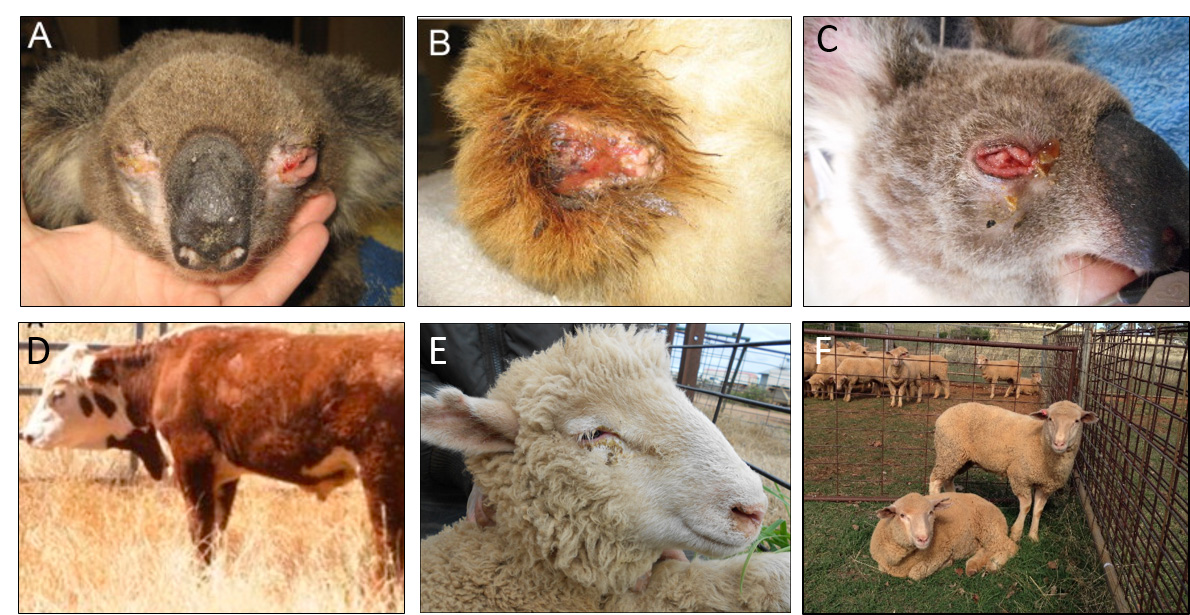Did koalas catch killer Chlamydia from sheep?
It’s the nasty disease with a devastating impact for one of Australia’s most iconic marsupials: chlamydia. Koalas across the country have been suffering from this highly contagious pathogen for hundreds of years, enduring debilitating symptoms that can lead to blindness and infertility.
And yet, despite chlamydiosis being one of the most intensively-studied diseases of any wildlife species, little is known about how Chlamydia pecorum infects and spreads through other animal populations in Australia, particularly livestock such as cattle and sheep.
It’s thought that the pathogen was introduced to Australia through infected livestock in the late 1780’s, where it then spread to the koala population. Now, scientists from the University of the Sunshine Coast have begun to crack Chlamydia’s code, shedding more light on exactly how Chlamydia pecorum and its associated disease have changed over time to have such catastrophic impacts for livestock and koalas alike.

The researchers found that multiple strains of Chlamydia pecorum have spread through Australian livestock and koala populations—and that the same strain causing disease can infect both koalas and sheep. Using molecular barcoding, they were able to study the genetic similarities and differences between strains found in koalas and livestock.
They found high levels of genetic diversity. This high diversity makes it easier for the pathogen to adapt to infect new animal species and hence jump from one host species to another (including, potentially, other Aussie marsupials). It also makes it harder for researchers to study how it has an impact on its hosts.
On the plus side, the research will improve the ease with which infected animals can be diagnosed and treated. More work on vaccine development for livestock and koalas is underway to keep our furry friends safe from further harm.





